Removing concrete screws can seem daunting, especially when you're trying to preserve the integrity of the concrete screws base. Whether you're a seasoned contractor or a DIY enthusiast, this guide walks you through the safest and most effective ways to extract concrete screws—without cracking, chipping, or damaging the base beneath.
🧱 What Are Concrete Screws?
Concrete screws, also known as masonry screws or Tapcon screws, are heavy-duty fasteners designed to anchor into concrete, brick, or block. Unlike expansion anchors, they thread into a pre-drilled hole and create a secure hold through friction.
FeatureDetailMaterialHardened steel with corrosion coatingCommon UsesMounting shelves, TV brackets, fixturesBrandsTapcon, Hilti, PowersRemoval ToolsScrewdriver, impact driver, pliers
⚠️ Why Proper Removal Matters
Incorrect removal can lead to:
Cracked concrete surfaces
Widened or stripped anchor holes
Loss of structural integrity
Difficulty reusing the hole
This is especially critical in load-bearing applications, such as wall mounts or foundation fixings.
🧰 Tools & Materials You'll Need
Before diving into the removal process, gather these essential tools:
Cordless drill or impact driver with reverse mode
Flathead or Phillips screwdriver (depending on screw head type)
Locking pliers (for stripped heads)
Cold chisel and hammer (for embedded heads)
WD-40 or penetrating oil
Vacuum cleaner (for debris removal)
Safety goggles and gloves
🔍 Step-by-Step Guide: How to Remove Concrete Screws
🔩 1. Assess the Screw Condition
Head exposed and in good condition: Use a driver bit.
Stripped head: Use locking pliers or screw extractor.
Embedded or broken screw: Proceed with cutting and patching.
🪛 2. Prepare the Area
Clean any dust or debris using a vacuum or brush.
Apply penetrating oil and wait 10–15 minutes to loosen corrosion.
🔄 3. Loosen the Screw
Insert the drill or driver bit.
Engage in reverse mode slowly to break the friction lock.
If resistance increases, stop and reapply oil.
🧲 4. Extract the Screw
For exposed heads: Use screwdriver or drill slowly to extract.
For stripped heads:
Clamp with locking pliers.
Turn counterclockwise while applying gentle upward pressure.
For embedded screws:
Use a cold chisel to break the surrounding concrete slightly.
Carefully wedge the screw out.
🔧 5. Fill and Repair the Hole
Use concrete patch compound or epoxy filler.
Allow to cure fully.
Sand the surface for aesthetic repair.
💡 Pro Tips to Avoid Damage
Tip #Strategy1Always drill the correct pilot hole depth during installation.2Use high-quality driver bits to reduce stripping.3Apply oil before attempting removal.4Never force a stuck screw—it can break off inside.5For high-torque removals, support the base with bracing.
🧠 EEAT-Driven Safety Considerations
Experience:
Contractors often recommend pre-loosening screws before full removal. This maintains surface integrity.
Expertise:
Structural engineers emphasize evaluating the screw location’s load distribution. In key areas, improper removal could affect strength.
Authoritativeness:
We’ve referenced building code guidelines and manufacturer removal techniques for accuracy.
Trustworthiness:
Always wear PPE (personal protective equipment) and follow safe work practices when handling tools or working with masonry.
🔗 Common Entities & Associated Products
EntityDescriptionTapcon ScrewsPopular concrete screw brand with hex/Phillips headsImpact DriverTool of choice for torque-based removalsConcrete PatchUsed for hole repair post-screw removalWD-40Aids in loosening rusted or seized screws
🔎 Use Cases & Real-Life Scenarios
Homeowners removing old wall-mounted storage units
Electricians uninstalling conduit brackets
Plumbers replacing mounted fixtures
Contractors shifting base plate locations in commercial remodels
✅ Key Takeaways
Always assess the screw and surface condition first.
Use proper tools (impact drivers, extractors) and techniques.
Apply oil and patience—never force it.
Repair and seal the hole post-removal to maintain surface strength.
Wear safety gear to avoid injury.
❓FAQs
🔧 Can I reuse the same hole after removing a concrete screw?
No, because the threads cut into concrete lose friction integrity. Use a new hole nearby or use an anchor sleeve if reusing.
🛠 What if the screw is broken or snapped off?
Use a cold chisel to carefully expose it. Then extract with locking pliers or a screw extractor kit.
🧱 Will removing screws damage the concrete?
Not if you follow the proper removal method with care and lubrication. Damage usually comes from forcing or drilling too aggressively.
⛏ Should I use a hammer drill in reverse?
No, hammer mode is for drilling only. Use a standard cordless or impact drill for removals.
🧼 How do I repair the hole left behind?
Clean it out, apply a patching compound, and smooth the surface. For structural holes, use epoxy concrete filler.


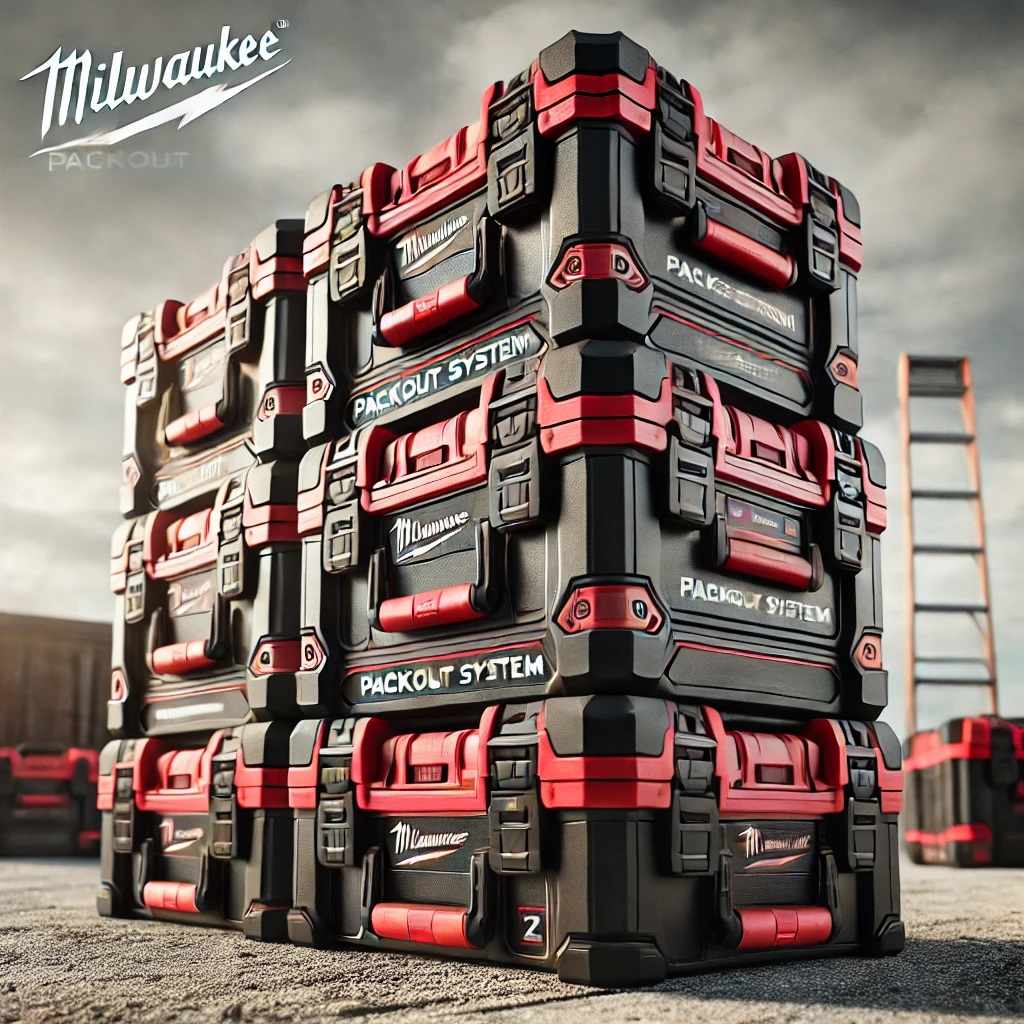
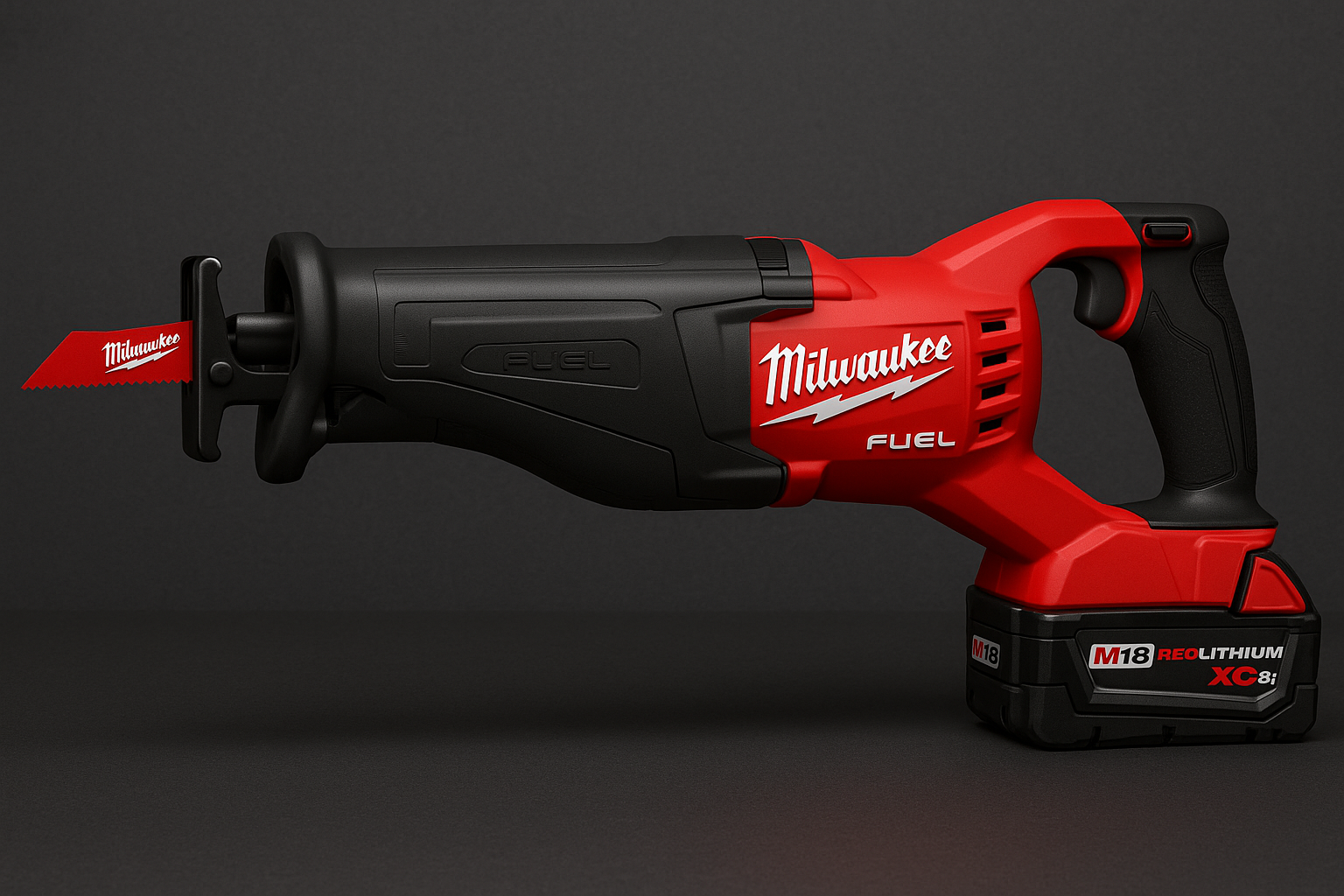
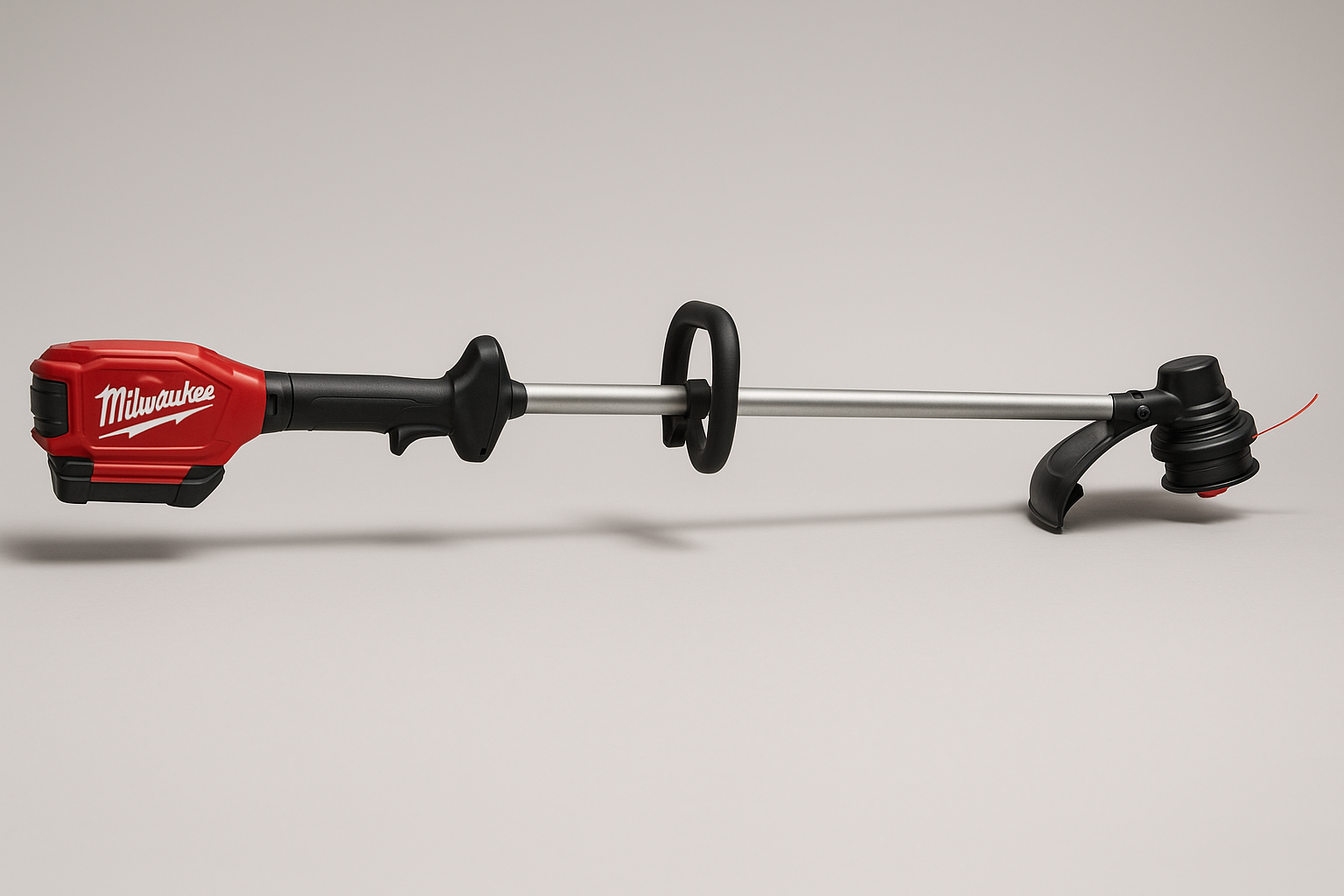
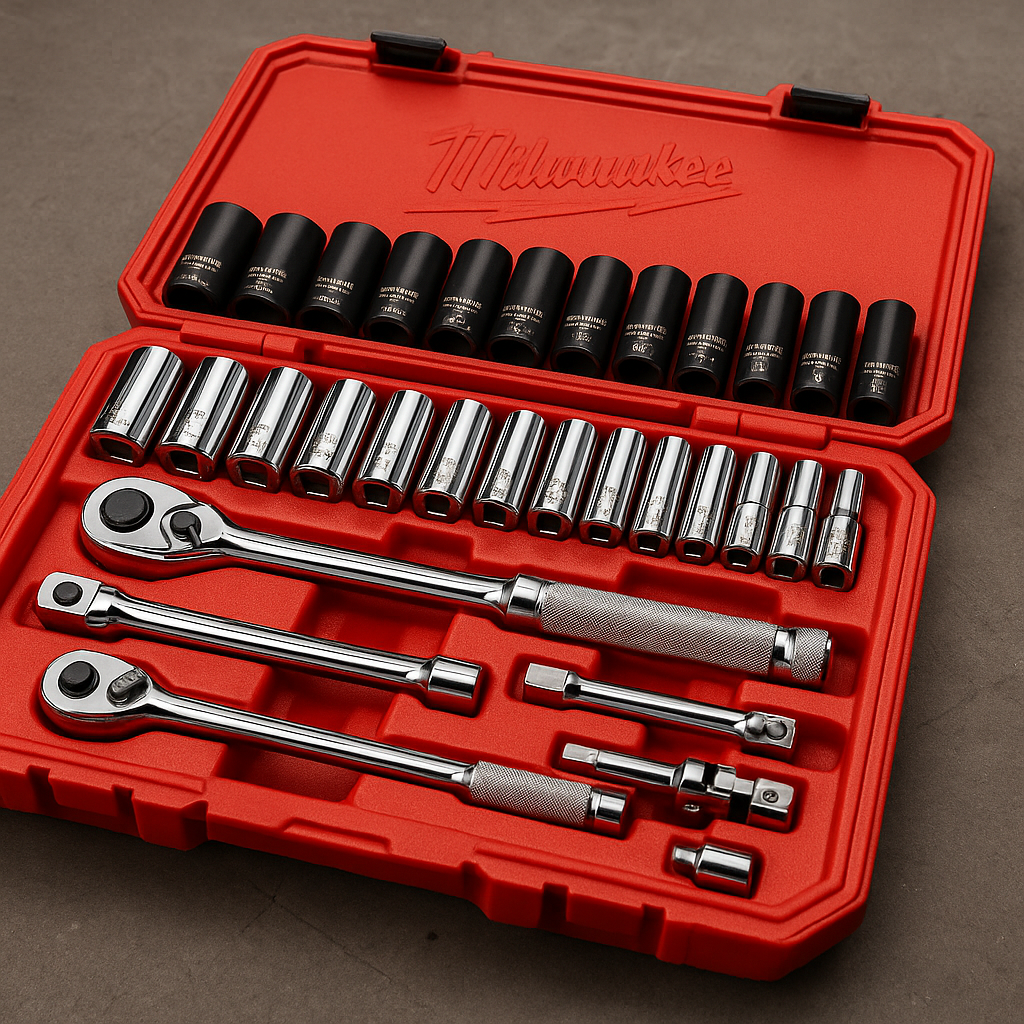
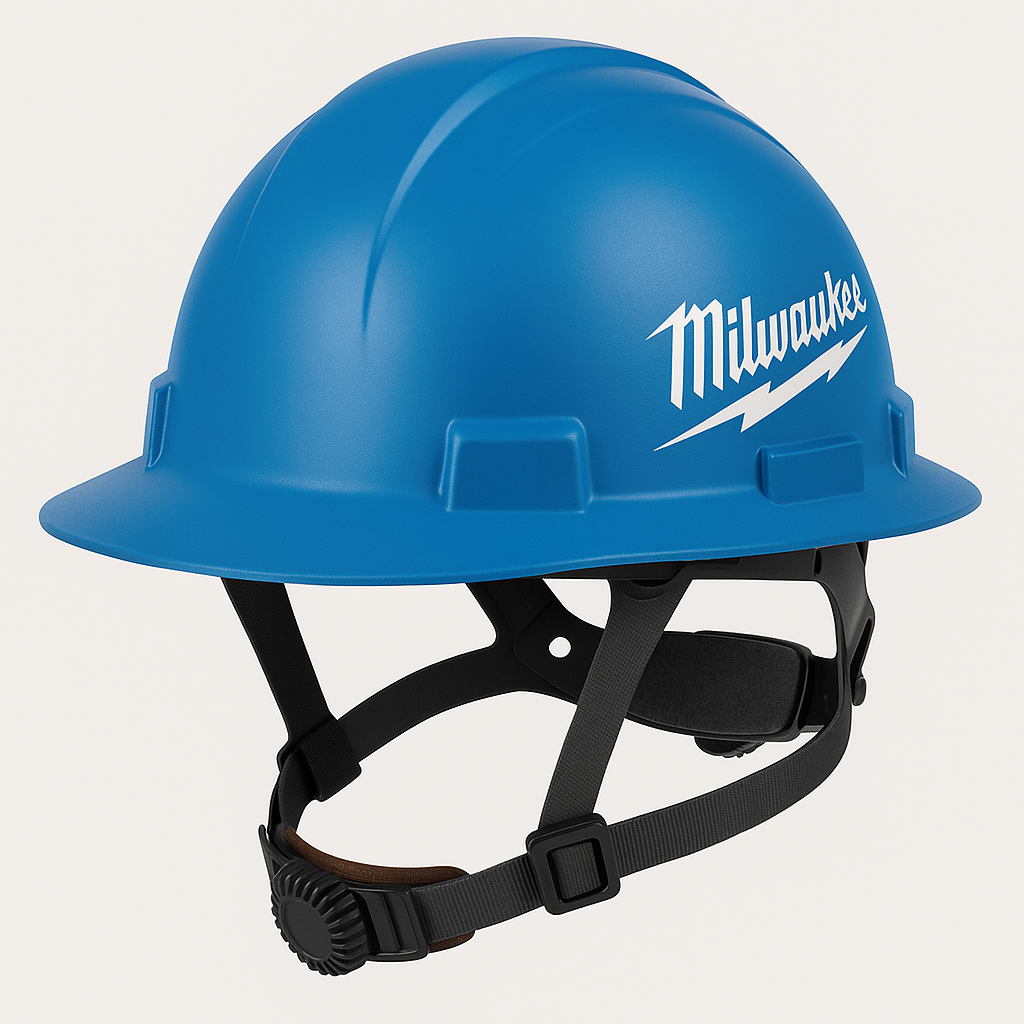




Write a comment ...